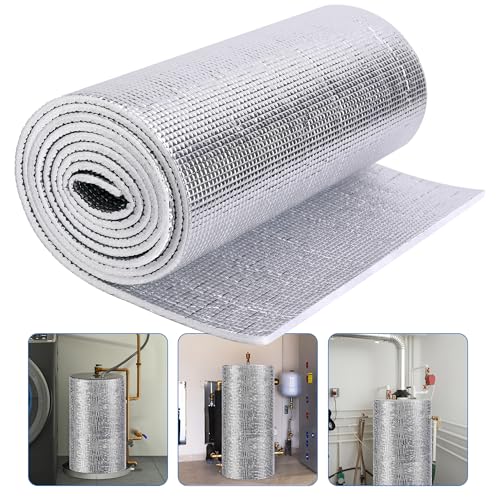First of all, spray some penetrating oil on the nut and the valve threads, it looks locked on from corrosion.
Let it sit for several hours, or overnight.
Give it a few very light taps with a wrench, the shock helps the oil penetrate.
Then:
You can take a big Crescent wrench and come almost straight up at that nut, staying as close to vertical as you can.
Make the Crescent wrench fit very snug.
And maintain strong and even upward pressure, to keep the wrench grabbing on two sides.
Then grab the handle of the Crescent wrench with another wrench, and turn the Crescent wrench.
Or put a stubby flat screwdriver in the slot on the right, and tap it with a hammer to spin the nut counter-clockwise.
Or cut through the nut with an oscillating multi-tool, then pry open the cut with a screwdriver.
Or drill a series of small holes in a line across the nut, then pry it open.
Forget about how it was installed originally, deal with the here and now.
They probably used a big deep socket wrench to install it, before the sink got hung in the way.
Like you would use for some shower valve cartridges, or an electric water heater element.
It looks like the edge of the metal under-mount sink would be in the way of that plan to use a tool that grabs both slots anyway.
Move on.
I have had horrible situations where I would have killed to have an old faucet that looked as easy to get a tool onto as this one does.
You might want or need to take off parts of the drain or trap if they are in your way down there.
































































